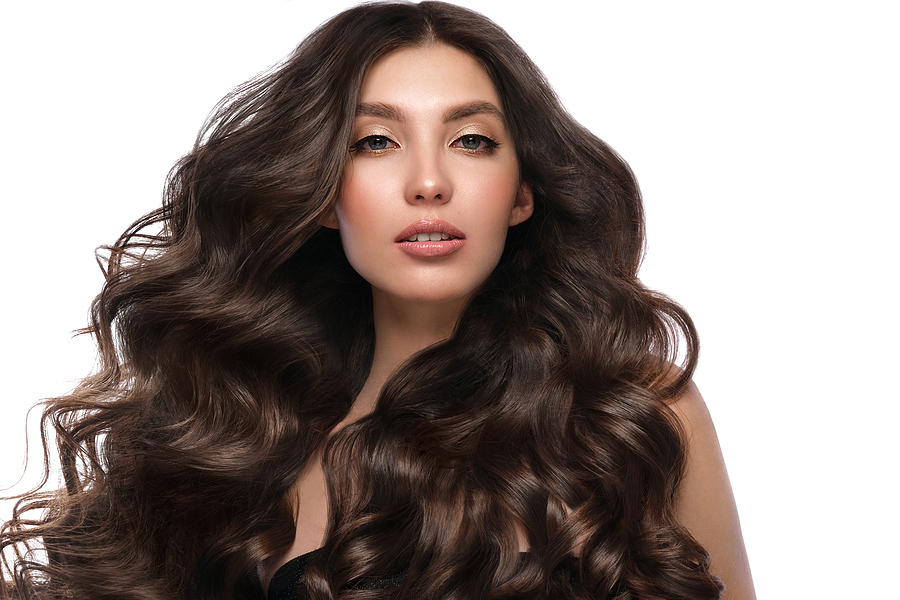Hair plays an important role in our lives. It keeps us warm, helps in regulating the body temperature, and also serves as a cushion for our skull. Hair loss and hair disorders are widespread problems all over the world. Hair disorders aren’t serious as such but they are considered serious cosmetic issues. Hair loss can be hereditary and usually occurs gradually and in predictable patterns, such as a receding hairline and bald spots in men, and thinning hair along the crown of the scalp in women. Hormonal changes due to pregnancy and immune system-related causes, hair-pulling disorders, and scalp infections can also result in hair loss.
Certain drugs, such as those prescribed for treating cancer, heart problems, arthritis, and depression may cause hair loss. Excessive hairstyling, hair oil treatments, and permanents can also result in hair loss.
Hair shredding is one of the common hair problems, although it is normal to shed some hair each day. Hair loss, which is medically known as alopecia, can be classified as male pattern baldness which results in the receding of hairline and baldness on the top of the head, and women pattern baldness wherein hair becomes thin over the entire scalp of a woman. Sudden or temporary loss of hair may happen due to stress, illness, or the recent delivery of a baby. Certain diseases like diabetes and thyroid may also cause hair problems. Alopecia areata may cause hair loss in small, round patches.
Alopecia areata typically affects hair but in some cases, the individual may experience changes in nail color also. There are often short broken hairs around the edges of the patch that broaden on the tip and become narrower at the base. Some people may also feel tingling, burning, or itching on the patches of their skin.
Types of hair loss patterns
Hair loss may start with a gradual thinning on top of the head. In some men, it may begin by receding of the hairline on the forehead. Women will typically have a broadening of the part in their hair. Some people may lose hair in circular or patchy bald spots on the scalp, beard or eyebrows, and their skin may become itchy and painful. A physical or emotional shock can also result in hair loss. Some treatments, like chemotherapy for curing cancer, can result in loss of hair over your entire body. If you experience speeding patches of scaling over your scalp, it could be due to the infection of ringworm.
Risk factors
Risk factors of hair loss include a family history of baldness, certain medical conditions, such as diabetes, significant weight loss, poor nutrition, and stress.
Caring for your hair
Most baldness is caused due to genetic reasons and you can do some home remedies to prevent hair loss. Use a detangler, and avoid tugging when brushing and combing. A wide-tooth comb will help prevent pulling out of your hair. Protect your hair from sunlight as its ultraviolet light may harm them. Tell your doctor the medications you are taking, these could also cause you hair loss.
Treatment for hair loss
Talk to your doctor if you notice sudden or patchy hair loss when combing or washing. If you are distressed with persistent hair loss or a receding hairline, consult your doctor as early diagnosis and treatment will help prevent significant and permanent baldness. Cosmetic therapies, such as surgical placement of follicle-supporting folds, or possible removal of ovarian adrenal tumor are available.





